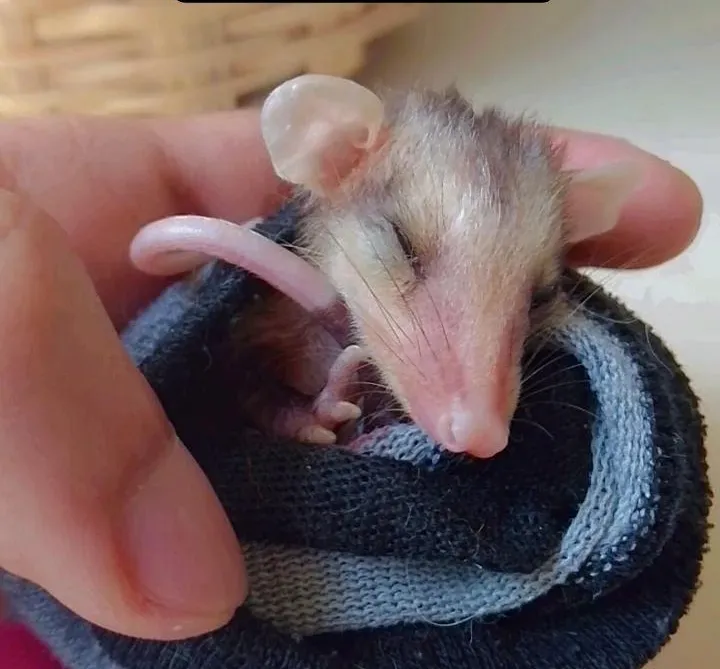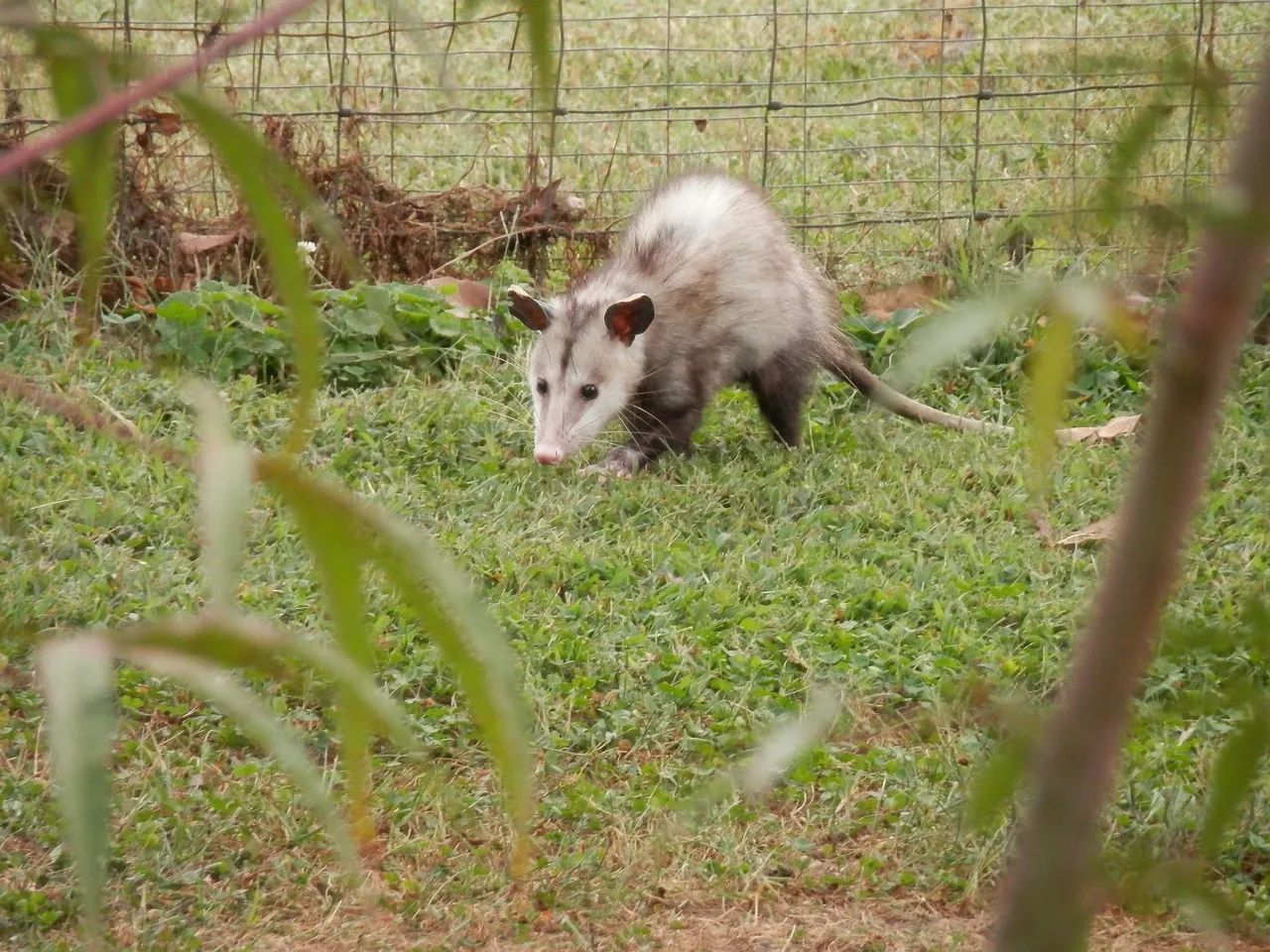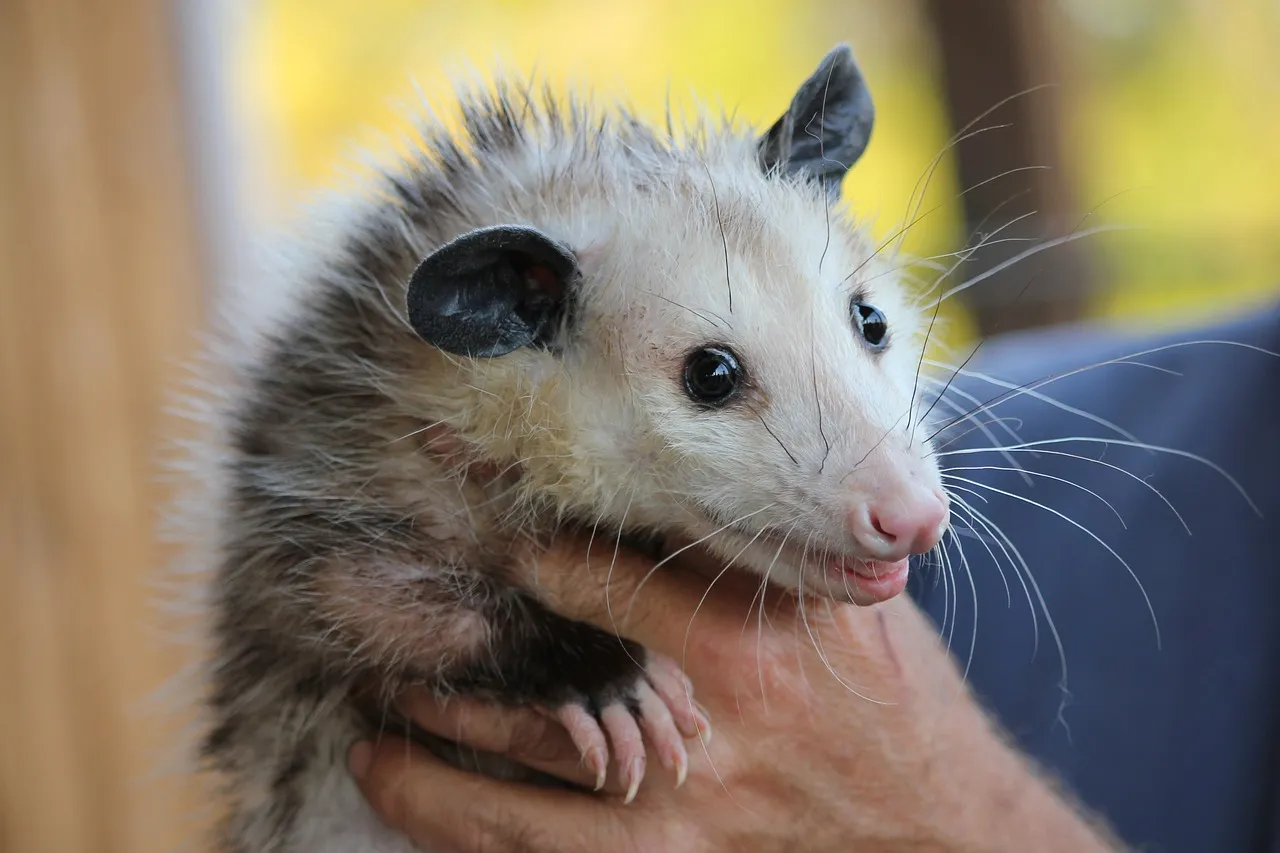
Opossums, also known as "rabipelao" in Venezuela and "tlacuache" in Mexico, are marsupials, which means that they have their young inside a special skin pocket in their abdomen, where they feed and finish developing. The young and adults feed on fruits, shoots, worms, insects, eggs, mice and snakes. They are harmless creatures, when they feel threatened they play dead and give off a strong odor, if they feel cornered they can bite.
They are fascinating creatures that play a crucial role in the ecosystems they inhabit. Often underestimated, these small creatures have a significant impact on the health and balance of the natural environments in which they are found. From pest control to seed dispersal, opossums play several important roles that contribute to the healthy functioning of ecosystems. In this article, I will discuss in an easy-to-understand way the importance of opossums in the ecosystem and how their presence affects other species and the environment in general.
Las zarigüeyas, también conocidas como rabipelao en Venezuela, tlacuache en México, son marsupiales que quiere decir que tienen a sus crías dentro del un bolsillo de piel especial en su abdomen, donde ellos se alimentan y terminan de desarrollarse. Los jóvenes y adultos se alimentan de frutas, brotes, gusanos, insectos, huevos, ratones y culebras. Son criaturas inofensivas, cuando se sienten amenazadas se hacen las muertas y expiden un fuerte olor, si se sienten muy acorralados si pueden llegar a morder.
Son criaturas fascinantes que desempeñan un papel crucial en los ecosistemas donde habitan. A menudo subestimadas, estas pequeñas criaturas tienen un impacto significativo en la salud y el equilibrio de los entornos naturales en los que se encuentran. Desde el control de plagas hasta la dispersión de semillas, las zarigüeyas juegan varios roles importantes que contribuyen al funcionamiento saludable de los ecosistemas. En este artículo, hablaré de forma fácil sobre la importancia de las zarigüeyas en el ecosistema y cómo su presencia afecta a otras especies y al medio ambiente en general.


1-Pest control: Opossums feed on insects, rodents, snails, snakes (they are immune to venom) and other invertebrates, helping to control populations of these species, which can benefit agriculture and reduce the spread of pest-borne diseases.
2-Seed dispersal: By consuming fruits and berries, opossums aid in seed dispersal through their droppings, which contributes to forest regeneration and plant diversity.
3-Nutrient recycling: By feeding on carrion and other decaying materials, opossums contribute to nutrient recycling in the ecosystem, helping to maintain soil health and nutrient availability for other plants and animals.
4-Predator food: Opossums are an important source of food for predators such as coyotes, foxes and birds of prey, thus helping to maintain the balance in the ecosystem's food chains.
1-Control de plagas: Las zarigüeyas se alimentan de insectos, roedores, caracoles, serpientes (son inmunes al veneno) y otros invertebrados, ayudando a controlar las poblaciones de estas especies, lo que puede beneficiar a la agricultura y reducir la propagación de enfermedades transmitidas por plagas.
2-Dispersión de semillas: Al consumir frutas y bayas, las zarigüeyas ayudan en la dispersión de semillas a través de sus excrementos, lo que contribuye a la regeneración de los bosques y la diversidad vegetal.
3-Reciclaje de nutrientes: Al alimentarse de carroña y otros materiales en descomposición, las zarigüeyas contribuyen al reciclaje de nutrientes en el ecosistema, ayudando a mantener la salud del suelo y la disponibilidad de nutrientes para otras plantas y animales.
4-Presa para depredadores: Las zarigüeyas son una importante fuente de alimento para depredadores como coyotes, zorros y aves rapaces, contribuyendo así a mantener el equilibrio en las cadenas tróficas del ecosistema.
Cover photo by @jesusvet, internal photos from pixabay.com by Jalynn.